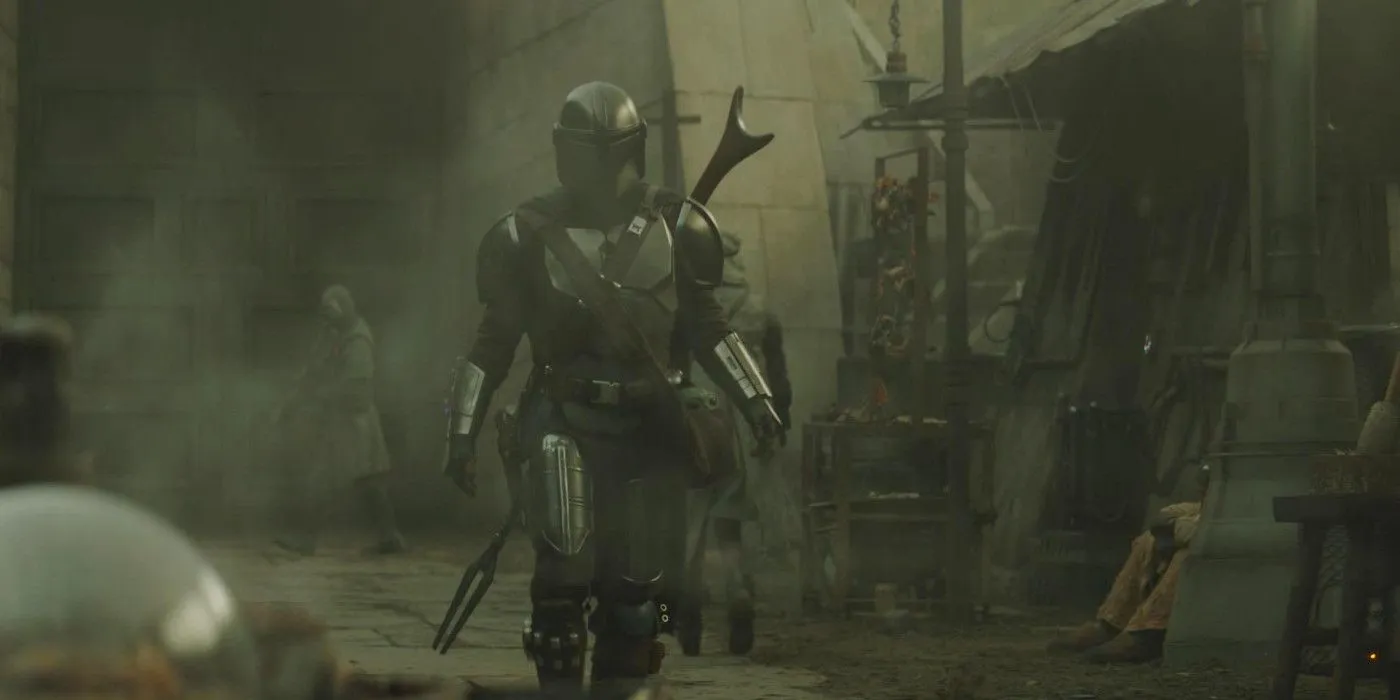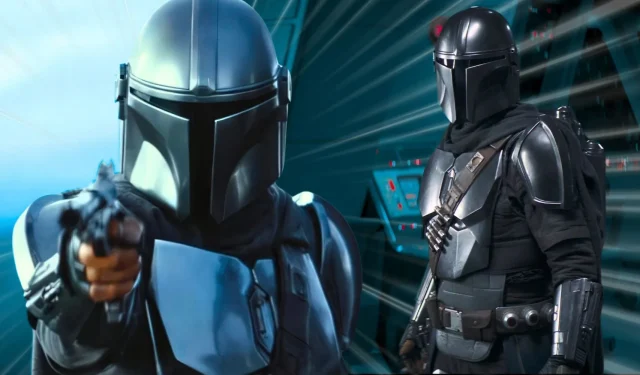It’s been six years since the debut of The Mandalorian, and fans are still waiting for a deeper exploration of Din Djarin‘s traumatic past. While the Star Wars franchise has experienced notable successes in its recent television offerings, it has also faced criticisms and disappointments, particularly stemming from the sequel trilogy. Despite these ups and downs, The Mandalorian stands out as a high point, representing one of Disney’s most significant achievements within the Star Wars universe.
Din Djarin has emerged as one of the most compelling characters in the series, reigniting interest in Mandalorian culture—a buzz not felt since the days of Star Wars: The Clone Wars and the character of Boba Fett. Despite the show’s focus on the Mandalorians, there remains a critical element of Mandalorian lore that has yet to be addressed in the storylines, particularly in relation to Din Djarin and his upbringing.
The Connection Between the Children of the Watch and Death Watch
Understanding Death Watch

Raised within the ranks of the Children of the Watch, also known as the Followers of the Way, Din Djarin follows strict Mandalorian traditions, including the deeply held belief of never removing his helmet. This is in stark contrast to other Mandalorians, such as Bo-Katan Kryze, who regularly remove their helmets. While Din’s affiliation with the Children of the Watch provides rich character development, it also links him to a darker chapter in Mandalorian history.
Interestingly, the Children of the Watch can trace their origins back to the notorious Death Watch, a radical group notorious for their violent tactics showcased in The Clone Wars. The Death Watch’s alliance with Darth Maul resulted in a series of catastrophic events for Mandalore, including the death of Duchess Satine Kryze, Bo-Katan’s own sister. This connection raises significant implications about Din Djarin’s lineage and the potentially violent roots of his beliefs.
Din Djarin’s Ignorance of His Sect’s Dark Past
The Separatist Connection

Throughout the narrative of The Mandalorian, Din Djarin remains largely unaware that his sect has historical ties to the Separatists. The Clone Wars, although set years before the events of The Mandalorian, directly influenced Din’s life, leading to the tragic loss of his parents during a brutal attack on his home planet of Aq Vetina. This harrowing event catalyzed his journey as a Mandalorian foundling, rescued from destitution by a member of Death Watch.
Speculation persists among fans that it may have been Death Watch orchestrating the attack on Din’s village—aligning with their notorious and deceptive tactics. Regardless of the truth, the reality remains that the sect Din identifies with was complicit in the forces that shattered his childhood, a revelation that could profoundly alter his understanding of himself and his identity as a Mandalorian.
The Impact of This Truth on Din Djarin
A Turning Point for Din

Sine his initiation as a Mandalorian foundling, Din Djarin has devoted himself entirely to the Mandalorian way. Season 3 of The Mandalorian spotlighted his unwavering commitment, as he reaffirmed his allegiance when he entered the Living Waters and was redeemed. Yet, should Din learn about his sect’s past alliance with the Separatists and their role in the destruction of his family, it would likely provoke deep introspection and uncertainty about his own identity and beliefs.
This situation becomes even more complicated with his relationship to Bo-Katan, who has historical ties to Death Watch. Discovering this connection may present a painful betrayal for Din, intensifying the narrative stakes. As of now, it remains surprising that The Mandalorian has yet to delve into this storyline, though it may be addressed in future projects, especially with the ongoing development of Din Djarin and Grogu’s journey.


